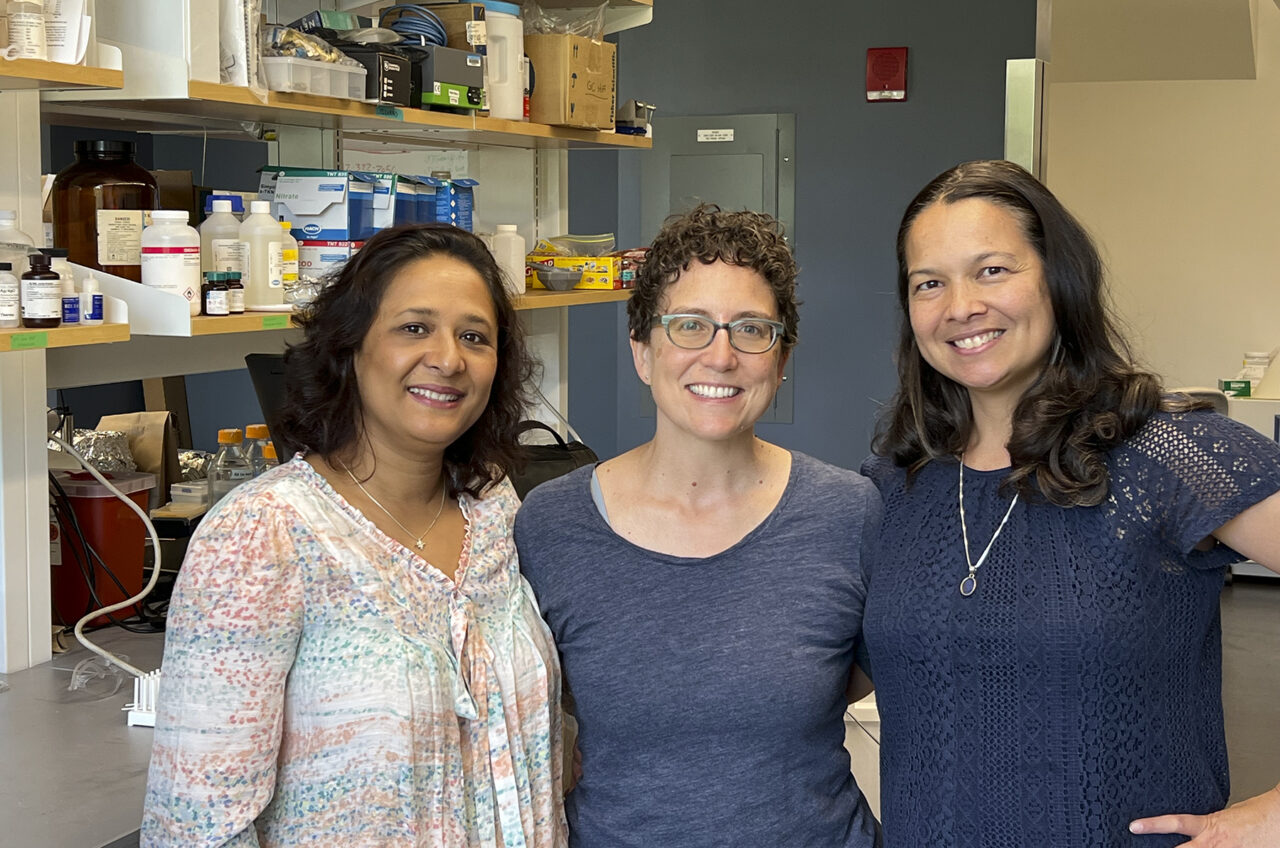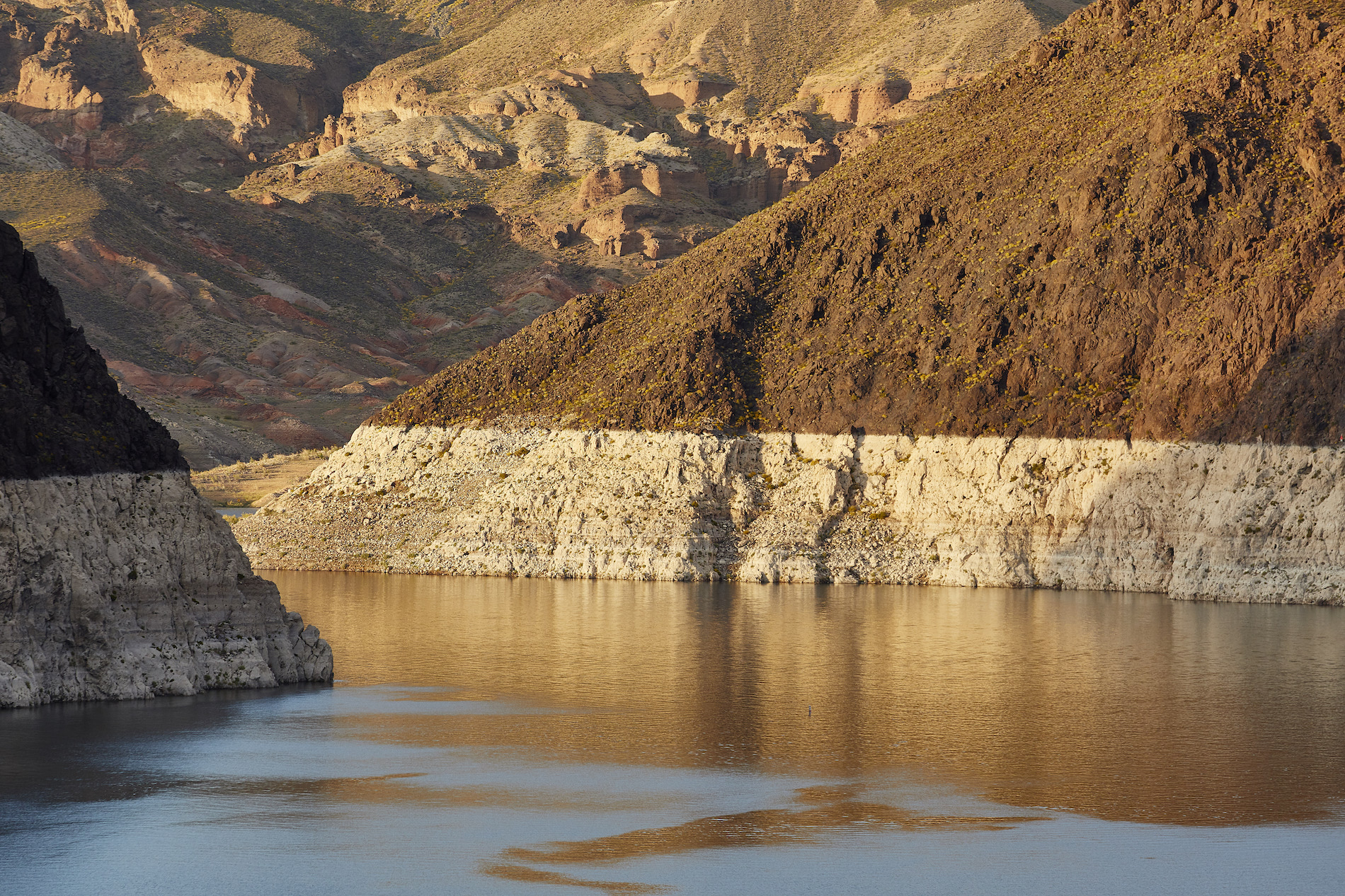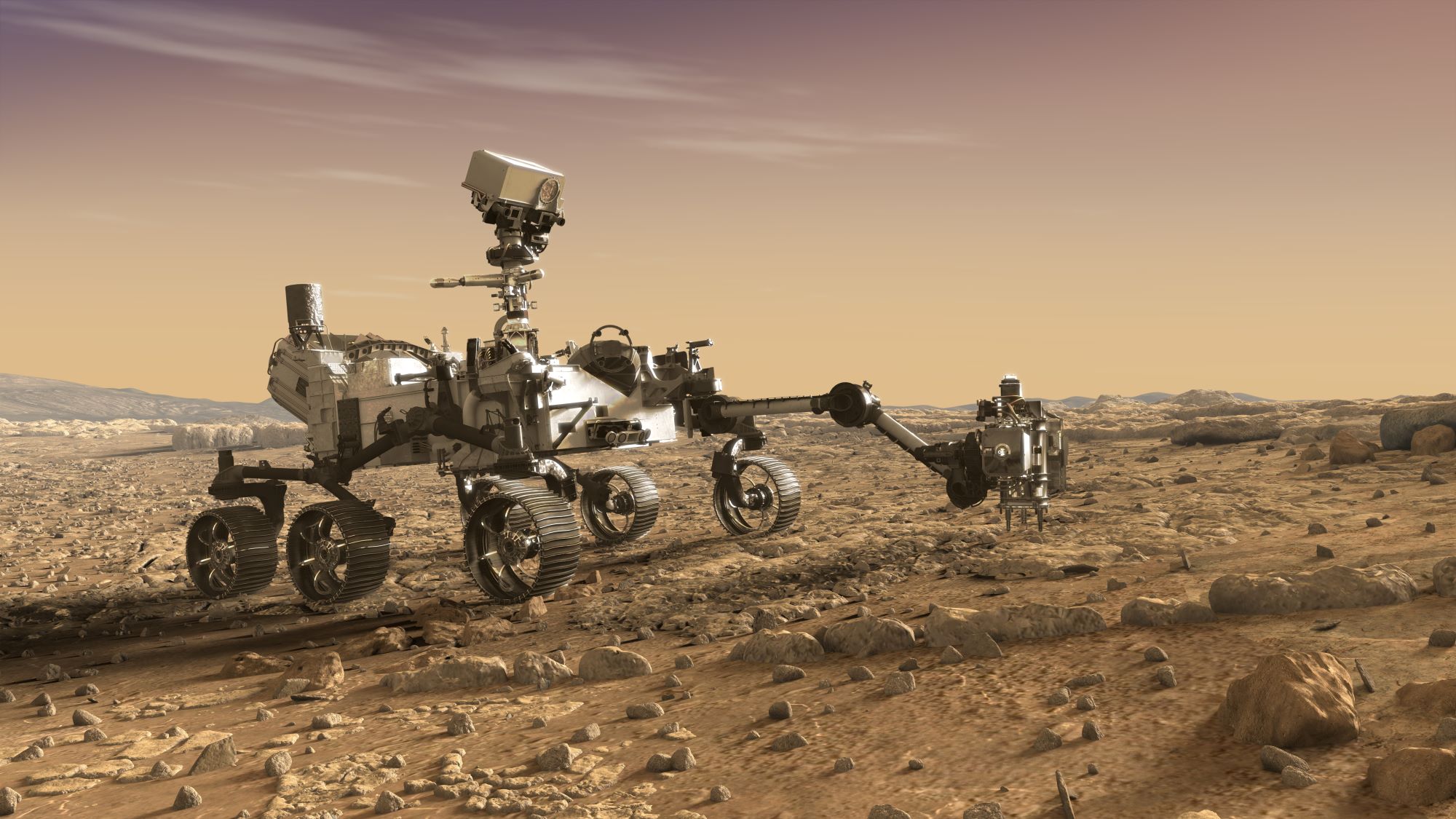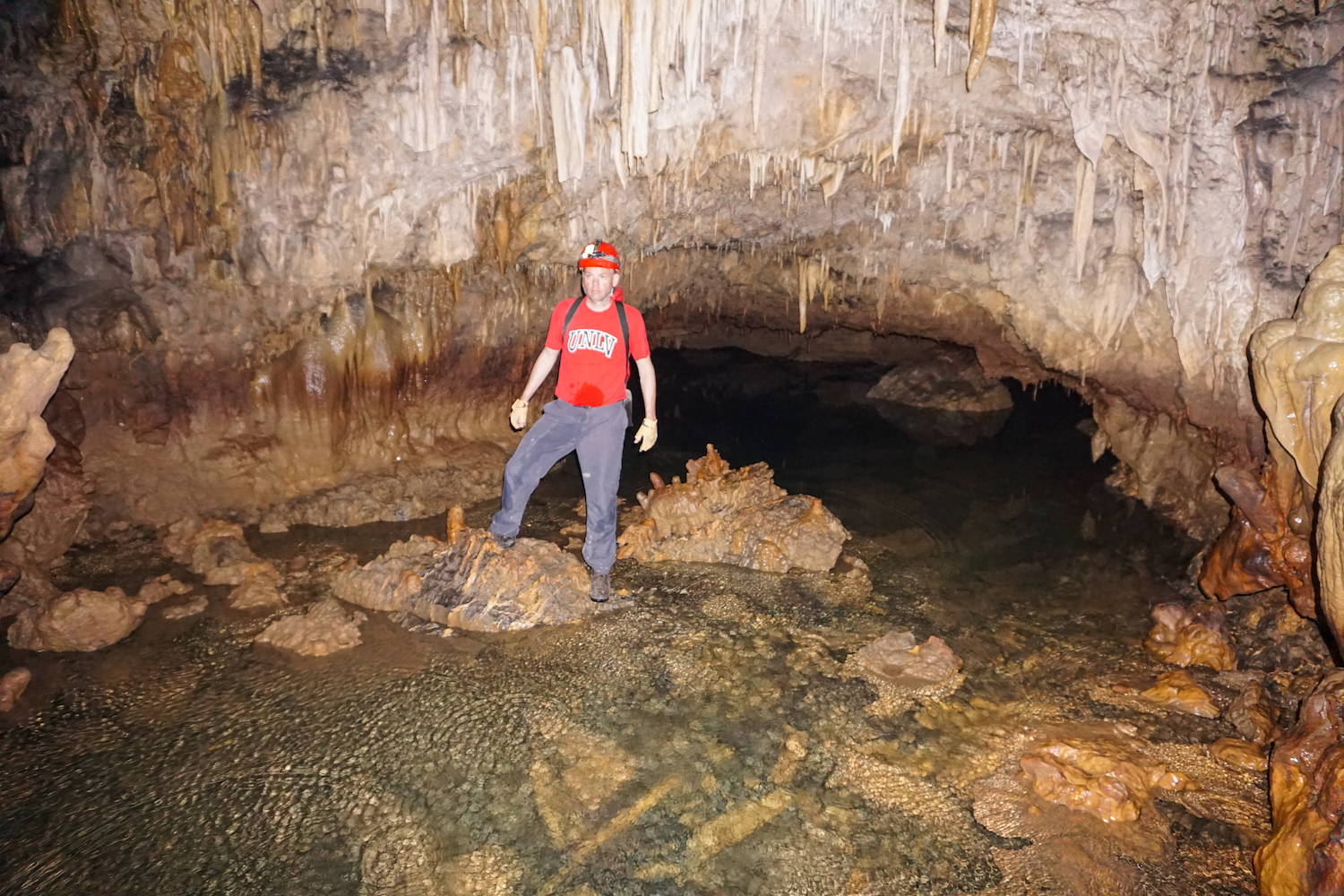The U.S. Department of Energy (DOE) today announced $37 million in funding for 52 projects to 44 institutions to build research capacity, infrastructure, and expertise at institutions historically underrepresented in DOE’s Office of Science portfolio, including Minority Serving Institutions (MSIs) and Emerging Research Institutions (ERIs).
Tag: Geoscience
Bringing the field to students with ‘Virtual Field Geology’
The Virtual Field Geology project has many goals: to make geology field experiences accessible to more people; to document geological field sites that may be at risk from erosion or development, to offer virtual “dry run” experiences and to allow scientific collaborators to do virtual visits to a field site together. While the pandemic brought new urgency to the project, its developers believe it’s part of a “new normal” for geology research and education.
Tiniest Ever Ancient Seawater Pockets Revealed
Ancient seawater pockets offer a new source of clues to climate change in vanished oceans and our own.
Study Shows Gravitational Forces Deep Within the Earth Have Great Impact on Landscape Evolution
Scientists seeking the connection between gravitational forces deep in the Earth and landscape evolution discovered that deep roots under mountain belts trigger dramatic movements along faults that result in collapse of the mountain belt and exposure of rocks that were once below the surface.
The Race is On: Nevada is in the Driver’s Seat for Burgeoning Lithium Industry. UNLV economic geologist talks lithium battery supply chain, green energy, and self-sustainability
The ‘Lithium-Ion Battery State’ may not have the same ring to it as ‘Battle-Born’ or ‘Silver State,’ but the reality is that Nevada could soon be a leader in the lithium battery supply chain – potentially giving the U.S. an edge in the arms race for the in-demand metal that’s the key to powering everything from your cell phone to electric vehicles.

Three URI professors win $735,000 grant from NASA-EPSCoR to study methane emissions from rocks common to Earth, Mars
KINGSTON, R.I. – Aug. 10, 2022 – Over the next three years, three University of Rhode Island researchers are hoping to broaden the scientific understanding of methane emission dynamics in ultramafic rock systems – work that one day may help answer the mystery of the existence of past or present microbial life on Mars.Dawn Cardace and Soni Pradhanang, associate professors of geosciences, and Serena Moseman-Valtierra, an associate professor of biological sciences, have been awarded a $735,000 grant by the NASA Established Program to Stimulate Competitive Research to study methane gas emissions at a site in northern California that has a rock system comparable to known sites on Mars.
Ancient South American dust helps reveal new clues about the future of the Earth’s climate, researchers say
Dust that was deposited at the foot of the Andes Mountains in Argentina over the last 1.15 million years helps explain how wind patterns have shifted and could offer clues of what is to come as the Earth’s climate changes, according to new research by a team from South Carolina and Arizona.

Clouds played an important role in the history of climate
Were Earth’s oceans completely covered by ice during the Cryogenian period, about 700 million years ago, or was there an ice-free belt of open water around the equator where sponges and other forms of life could survive? Using global climate models, a team of researchers from Karlsruhe Institute of Technology (KIT) and the University of Vienna has shown that a climate allowing a waterbelt is unlikely and thus cannot reliably explain the survival of life during the Cryogenian. The reason is the uncertain impact of clouds on the epoch’s climate. The team has presented the results of its study in the journal Nature Geoscience (DOI: 10.1038/s41561-022-00950-1).
Geoscience technology company founded by MIT/WHOI Joint Program student awarded $3.8M from U.S. Department of Energy
Eden, a geoscience technology development company co-founded by Massachusetts Institute of Technology/Woods Hole Oceanographic Institution Joint Program student Paris Smalls, will receive $3.8 million in federal funding from the U.S. Department of Energy Advanced Research Projects Agency-Energy (ARPA-E).

What Happens in Vegas, May Come From the Arctic?
Climate records from a cave in the southern Great Basin show that Nevada was even hotter and drier in the past than it is today, and that one 4,000-year period in particular may represent a true, “worst-case” scenario for the Southwest and the Colorado River Basin — and the millions of people who rely on its water supply.

Mission to Mars: @UNLV Scientist Gives Insider Glimpse at NASA’s 2020 Rover Mission
Silver, bug-eyed extraterrestrials zooming across the cosmos in bullet-speed spaceships. Green, oval-faced creatures hiding out in a secret fortress at Nevada’s Area 51 base. Cartoonish, throaty-voiced relatives of Marvin the Martian who don armor and Spartan-style helmets. We humans are fascinated with the possibility of life on the Red Planet.
Closing the gap: Citizen science for monitoring sustainable development
Citizen science could help track progress towards all 17 UN Sustainable Development Goals (SDGs). An IIASA-led study, for the first time, comprehensively analyzed the current and potential contribution of citizen science data to monitor the SDGs at the indicator level.
Geoscientists Create Deeper Look at Processes Below Earth’s Surface with 3D Images
Geoscientists at The University of Texas at Dallas recently used supercomputers to analyze massive amounts of earthquake data to generate high-resolution, 3D images of the dynamic geological processes taking place far below the Earth’s surface.

Research Brief: Ocean Temperatures Impact Central American Climate More than Once Thought
In a study published today in the journal Nature Communications, UNLV climate scientists and colleagues examined the rainfall history of Central America over the last 11,000 years. The results provide long-sought answers to what has been controlling rainfall in the region for several millennia.
Contradicting prevalent view, UCI oceanographers predict increase in phytoplankton
Irvine, Calif., Jan. 27, 2020 – A neural network-driven Earth system model has led University of California, Irvine oceanographers to a surprising conclusion: Phytoplankton populations in low-latitude waters will expand by the end of the 21st century. The unexpected simulation outcome runs counter to the longstanding belief by many in the environmental science community that global climate change will make tropical oceans inhospitable to phytoplankton, which form the base of the aquatic food web.

Hard as a rock? Maybe not, say bacteria that help form soil
Research published this week by University of Wisconsin–Madison scientists shows how bacteria can degrade solid bedrock, jump-starting a long process of alteration that creates the mineral portion of soil.
UCI-led team releases high-precision map of Antarctic ice sheet bed topography
Irvine, Calif., Dec. 12, 2019 – A University of California, Irvine-led team of glaciologists has unveiled the most accurate portrait yet of the contours of the land beneath Antarctica’s ice sheet – and, by doing so, has helped identify which regions of the continent are going to be more, or less, vulnerable to future climate warming.
Plant physiology will be major contributor to future river flooding, UCI study finds
Irvine, Calif., Oct. 21, 2019 – The next time a river overflows its banks, don’t just blame the rain clouds. Earth system scientists from the University of California, Irvine have identified another culprit: leafy plants. In a study published today in Nature Climate Change, the UCI researchers describe the emerging role of ecophysiology in riparian flooding.

American Indian Science and Engineering Society recognizes early-career Sandia engineer
Geoscience engineer Dylan Moriarty has been named the 2019 Most Promising Engineer or Scientist by the American Indian Science and Engineering Society. The award is given to an American Indian, Alaska Native, Native Hawaiian, Pacific Islander, First Nations and other indigenous person of North America with less than five years of work experience since his or her last degree.
UCI-led team creates first high-resolution global map of surface ocean phosphate
Irvine, Calif., Aug. 28, 2019 – An international team of Earth system scientists and oceanographers has created the first high-resolution global map of surface ocean phosphate, a key mineral supporting the aquatic food chain. In doing so, the University of California